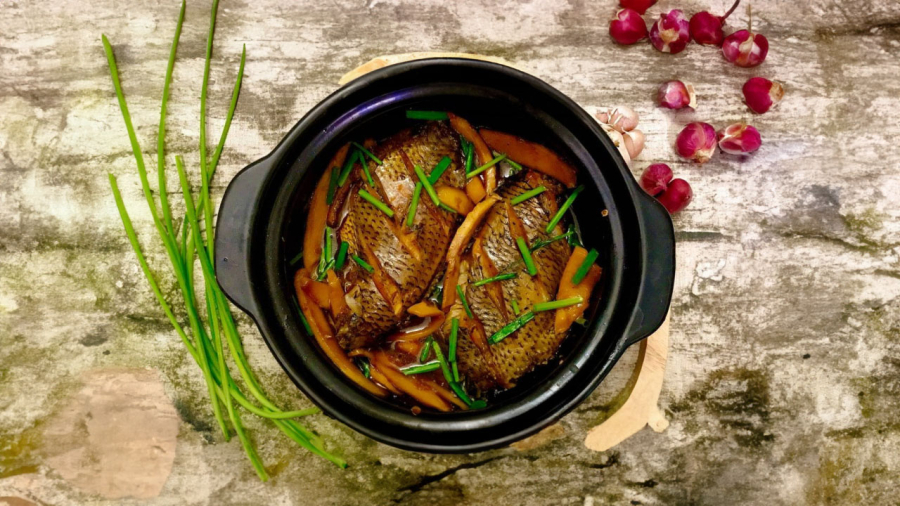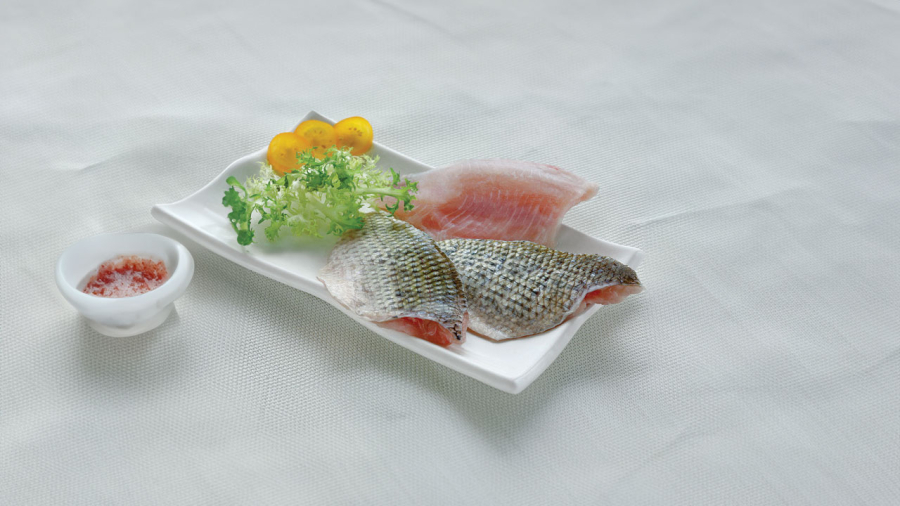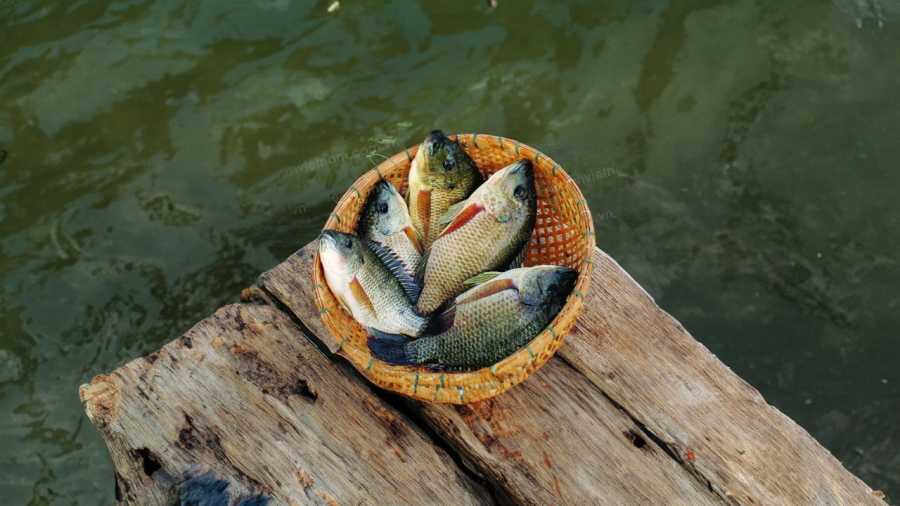Among the variety of fish sold in Vietnamese markets, tilapia stands out as an extremely popular choice due to its ease of farming and rapid growth. This fish is ubiquitous, found everywhere from rural markets to urban supermarkets and street markets. Compared to other types of fish, tilapia is relatively inexpensive, and its fillets are versatile, making it a favorite for fried dishes.
Typically, tilapia costs around 40,000 to 50,000 VND per kilogram, while carp, snakehead, and bighead carp usually start at 70,000 VND and above. Tilapia has the fastest reproduction rate among fish species, and they are easy to farm, thriving in various habitats.

Globally, tilapia has its merits when farmed hygienically. The biggest advantage of tilapia compared to other fish is its rich collagen content. Collagen is an essential protein for skin and bone structure, contributing to our overall health. The collagen in tilapia skin is particularly valuable and has been studied for medical applications. Moreover, collagen is more concentrated in the fish’s skin, with lesser amounts in the flesh.
The collagen in tilapia also remains unchanged compared to that of other sources. Tilapia is also a good source of omega-3 fatty acids, mainly found in the belly and fat of the fish. However, when preparing tilapia, the skin is often removed, and only the flesh is consumed.
Aside from being affordable and versatile, tilapia has another distinguishing feature: it is one of the most susceptible fish to contamination.

Tilapia is prone to contamination due to its nature as an omnivore and its ability to thrive in diverse environments.
Tilapia can survive in wastewater, and in nature, they may be exposed to bacteria from dirty sewers. Farmed tilapia may be fed chicken manure, and their ponds do not need to be kept as clean as those of other fish species. These factors increase the risk of contamination compared to other types of fish. Additionally, tilapia is a fast-growing species, and farmers may employ methods to reduce their reproduction rate to increase weight and economic productivity.
Furthermore, as tilapia is highly fertile, interventions may be used to reduce their reproduction rate to improve meat quality and market yield. When fish are farmed in contaminated environments, they can become infected with parasites, heavy metals, and other impurities, potentially affecting consumers, especially if the fish is not properly cleaned or cooked.

Here are some tips to safely enjoy tilapia and minimize potential risks:
– Avoid consuming tilapia too frequently.
– Opt for wild-caught tilapia over farmed tilapia. Wild tilapia will have varying sizes, unlike the uniform sizes typically found in farmed fish.
– When preparing tilapia, thoroughly scrape off the scales and the black membrane inside the belly, as these areas tend to harbor the most impurities. Rinse the fish with a mixture of salt water and alcohol to disinfect it. When cleaning the fish at home, be careful to avoid splashing water, which can cause cross-contamination.
– Ensure that the fish is thoroughly cooked, as there have been cases of hospitalization due to bacterial poisoning from undercooked tilapia.
– Consume both the skin and belly meat to retain the health benefits of tilapia.
– Enjoy tilapia in moderation and not too regularly.
– Do not use tilapia for fish salads or similar dishes.
The head of the tilapia tends to harbor bacteria, so if you choose to eat it, ensure it is thoroughly cleaned and cooked. If freezing the head, package it separately to avoid cross-contamination with other foods.
The Ultimate Guide to Caring for Delicate Under-Eye Skin and Erasing Signs of Aging
The delicate skin around the eyes is a window to the soul, and it deserves the utmost care and attention. This sensitive area requires a gentle touch and a tailored approach to ensure it remains healthy and radiant. With the right techniques and products, you can transform this fragile canvas, enhancing your natural beauty and ensuring your eyes remain the focal point.



































